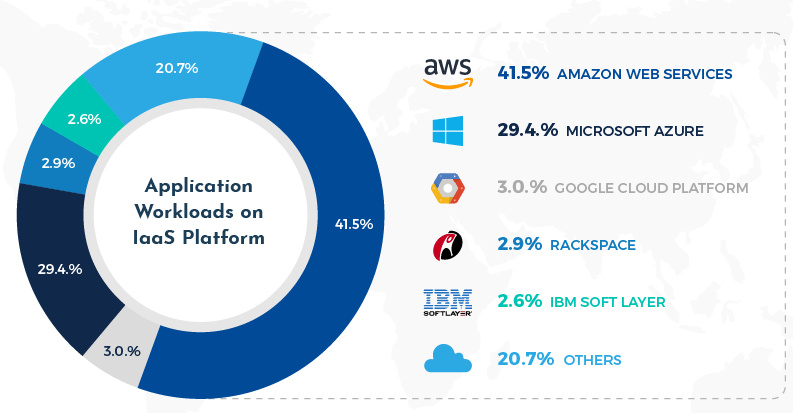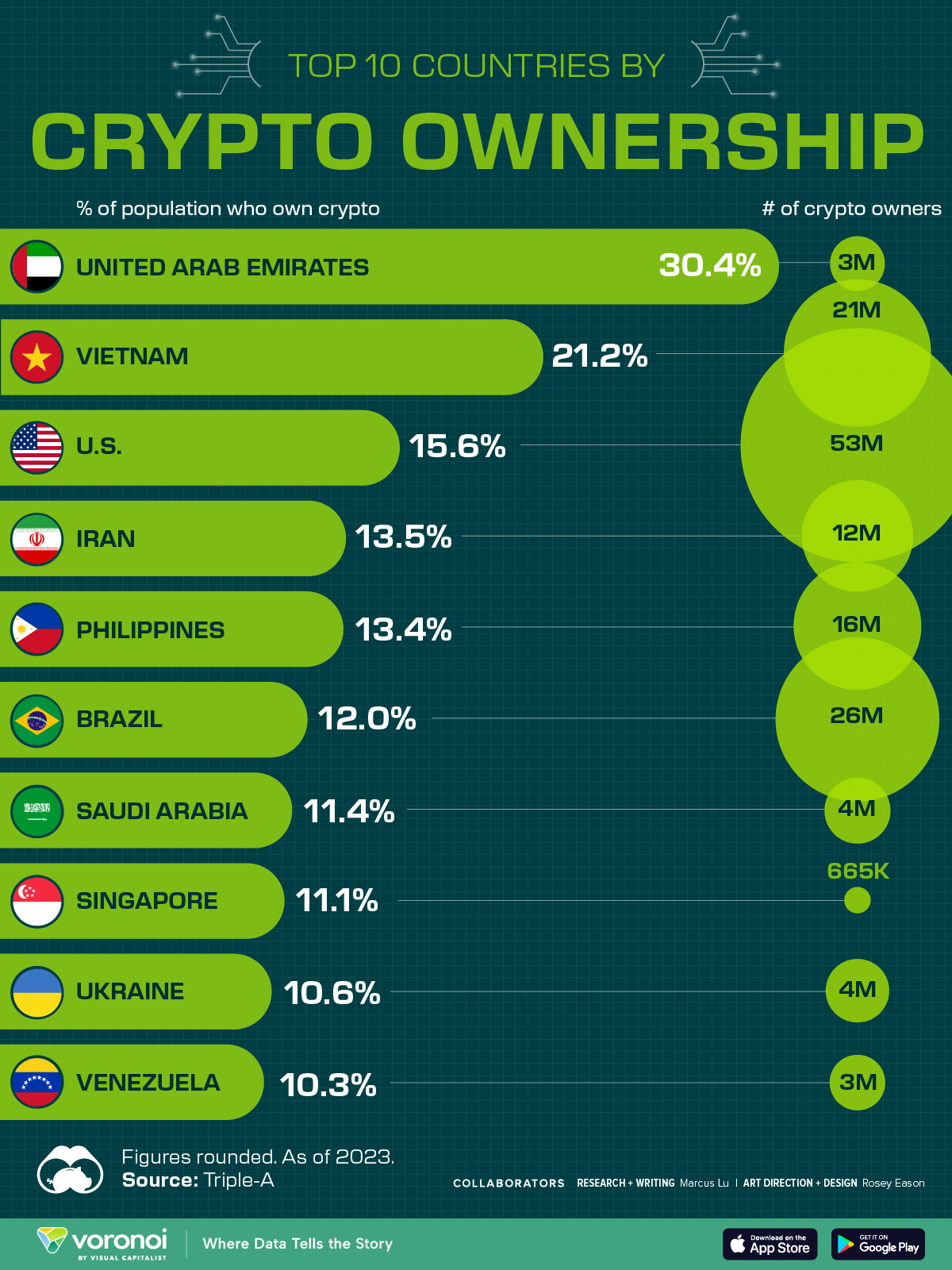Technology
The Impressive Stats Behind Amazon’s Dominance of the Cloud
To the average person, cloud computing must seem quite magical.
All at once, the cloud provides instant access to all of your data, photos, music, and applications, without you having to store any of that data locally. In fact, users can access the cloud from practically anywhere in the world, and across multiple devices and platforms.
Yet, this all happens without you actually seeing any visible infrastructure. With data now being created at record speeds, where the heck is all this information being physically stored?
The Rise of AWS
Even though you can’t see the vast infrastructure that runs the cloud, it does exist somewhere.
As today’s infographic from RapidValue shows, much of this infrastructure is owned and operated by Amazon, through its extremely profitable subsidiary of Amazon Web Services (AWS).
Here are the key stats on this dominant service that powers much of the internet today:

Amazon Web Services (AWS) quietly launched in 2002, and in a short time has been able to scale into the largest single player in cloud computing (IaaS, PaaS).
While it is a well-known name to software developers, AWS emerged on a more mainstream basis once its financials were separated from those of parent Amazon.com.
Even in 2018, AWS delivered most of Amazon’s operating income.
AWS By the Numbers
To understand the true scale of AWS, you need to look at the numbers.
- AWS has over 1 million active users in 190 countries
- AWS has 5x more deployed cloud infrastructure as their next 14 competitors combined
- Each day, AWS adds as much infrastructure as they used to run in total 7 years back
- Amazon S3 is designed to deliver 99.999999999% durability and scale past trillions of objects worldwide
- AWS partner, Netflix, accounts for up to one-third of Internet traffic during peak usage times
- AWS accounts for 41.5% of the public cloud market, bigger than Microsoft, Google, Rackspace, and IBM combined
Through incredible economies of scale, AWS has decreased its prices at least as many as 60 times since its launch – and despite this, AWS generated a whopping $26 billion in revenue for parent Amazon in 2018.
Technology
Countries With the Highest Rates of Crypto Ownership
While the U.S. is a major market for cryptocurrencies, two countries surpass it in terms of their rates of crypto ownership.
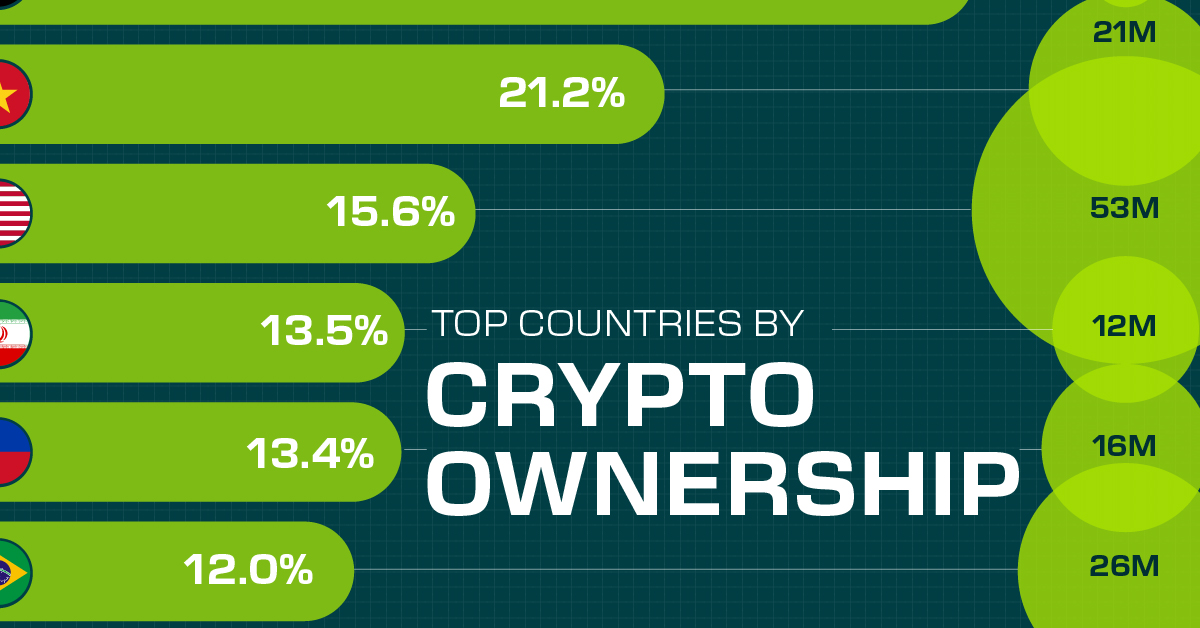
Countries With the Highest Rates of Crypto Ownership
This was originally posted on our Voronoi app. Download the app for free on iOS or Android and discover incredible data-driven charts from a variety of trusted sources.
This graphic ranks the top 10 countries by their rate of cryptocurrency ownership, which is the percentage of the population that owns crypto. These figures come from crypto payment gateway, Triple-A, and are as of 2023.
Data and Highlights
The table below lists the rates of crypto ownership in the top 10 countries, as well as the number of people this amounts to.
| Country | % of Population Who Own Crypto | # of Crypto Owners |
|---|---|---|
| 🇦🇪 United Arab Emirates | 30.4 | 3M |
| 🇻🇳 Vietnam | 21.2 | 21M |
| 🇺🇸 U.S. | 15.6 | 53M |
| 🇮🇷 Iran | 13.5 | 12M |
| 🇵🇭 Philippines | 13.4 | 16M |
| 🇧🇷 Brazil | 12 | 26M |
| 🇸🇦 Saudi Arabia | 11.4 | 4M |
| 🇸🇬 Singapore | 11.1 | 665K |
| 🇺🇦 Ukraine | 10.6 | 4M |
| 🇻🇪 Venezuela | 10.3 | 3M |
Note that if we were to rank countries based on their actual number of crypto owners, India would rank first at 93 million people, China would rank second at 59 million people, and the U.S. would rank third at 52 million people.
The UAE Takes the Top Spot
The United Arab Emirates (UAE) boasts the highest rates of crypto ownership globally. The country’s government is considered to be very crypto friendly, as described in Henley & Partners’ Crypto Wealth Report 2023:
In the UAE, the Financial Services Regulatory Authority (FSRA-ADGM) was the first to provide rules and regulations regarding cryptocurrency purchasing and selling. The Emirates are generally very open to new technologies and have proposed zero taxes for crypto owners and businesses.
Vietnam leads Southeast Asia
According to the Crypto Council for Innovation, cryptocurrency holdings in Vietnam are also untaxed, making them an attractive asset.
Another reason for Vietnam’s high rates of ownership could be its large unbanked population (people without access to financial services). Cryptocurrencies may provide an alternative means of accessing these services without relying on traditional banks.
Learn More About Crypto From Visual Capitalist
If you enjoyed this post, be sure to check out The World’s Largest Corporate Holders of Bitcoin, which ranks the top 12 publicly traded companies by their Bitcoin holdings.
-
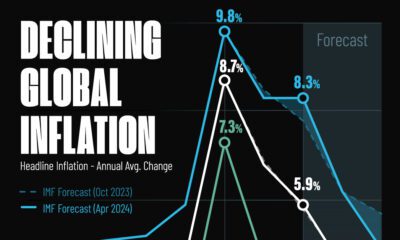
 Markets5 days ago
Markets5 days agoVisualizing Global Inflation Forecasts (2024-2026)
-

 Green2 weeks ago
Green2 weeks agoThe Carbon Footprint of Major Travel Methods
-

 United States2 weeks ago
United States2 weeks agoVisualizing the Most Common Pets in the U.S.
-

 Culture2 weeks ago
Culture2 weeks agoThe World’s Top Media Franchises by All-Time Revenue
-
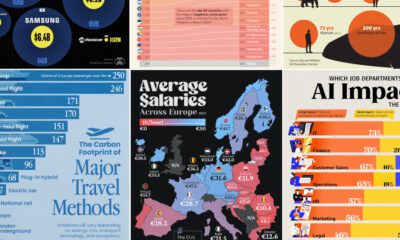
 Visual Capitalist1 week ago
Visual Capitalist1 week agoBest Visualizations of April on the Voronoi App
-

 Wealth1 week ago
Wealth1 week agoCharted: Which Country Has the Most Billionaires in 2024?
-
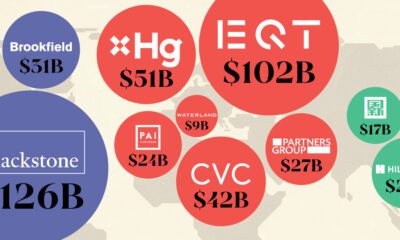
 Markets1 week ago
Markets1 week agoThe Top Private Equity Firms by Country
-
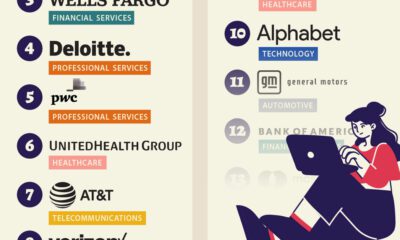
 Markets1 week ago
Markets1 week agoThe Best U.S. Companies to Work for According to LinkedIn

